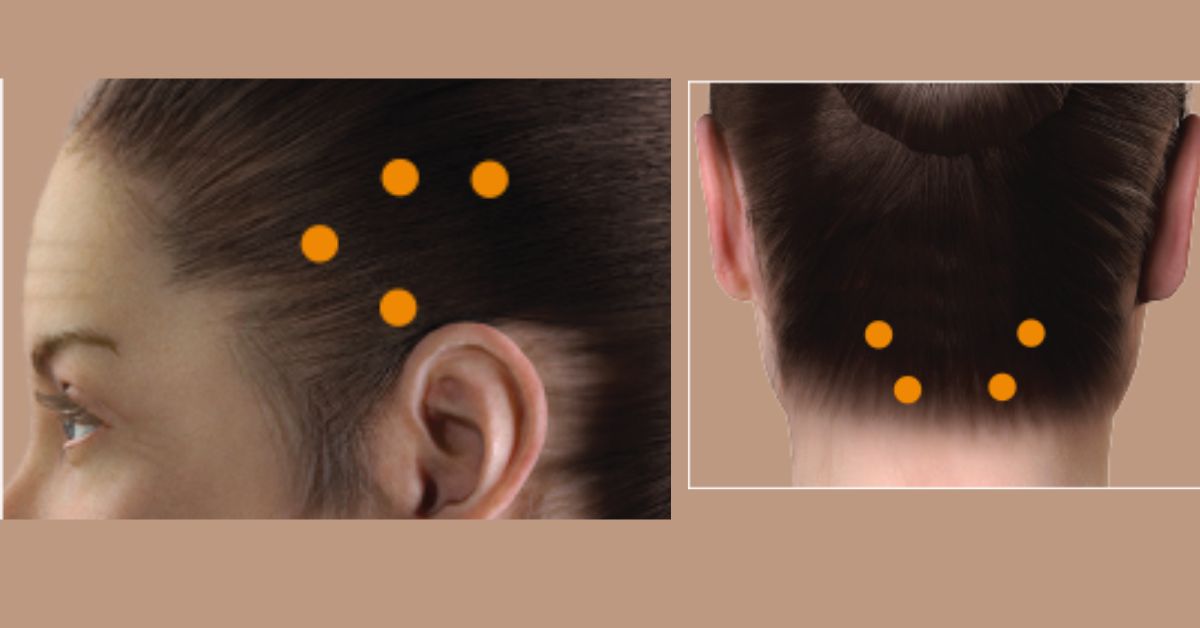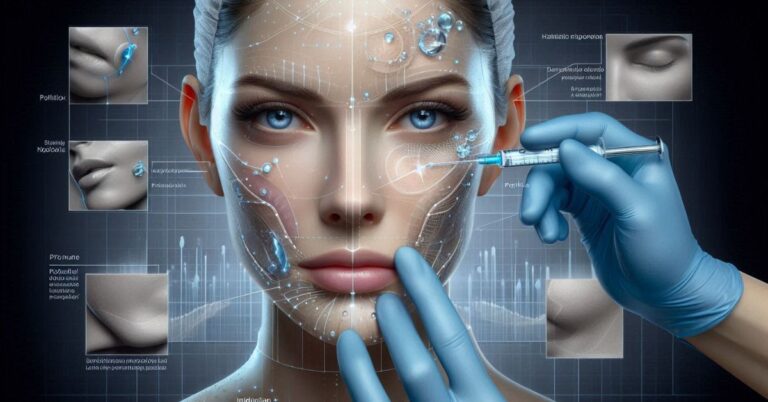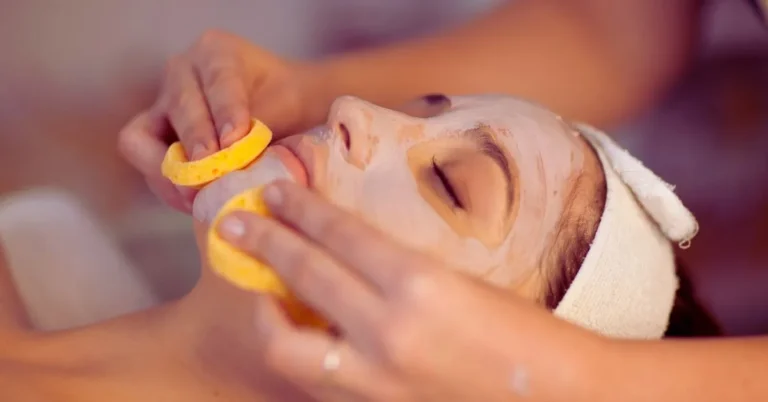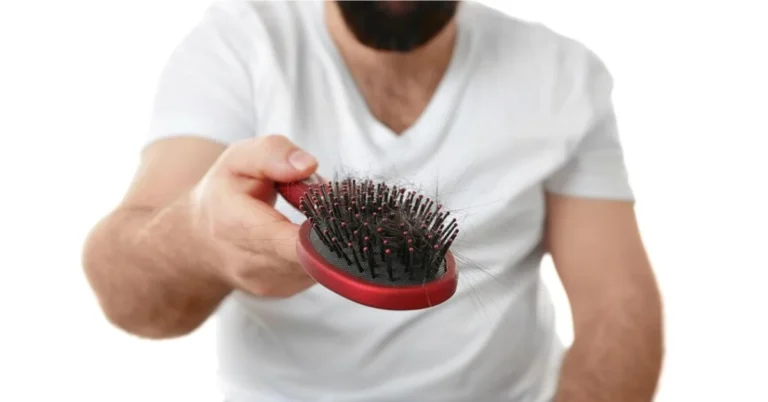What to Expect During Your First Botox Appointment for Headaches
Migraine Surgery Specialty Center is aware of how draining persistent migraines may be. Should you have tried several treatments without success, you could feel demoralized or unsure on what to do next. Many of our patients arrive after years of suffering, and we are pleased to present Botox as one of the most exciting solutions now on the market for headache control.
Should this be your first time considering botox for headache or chronic migraines, here is what to expect before, during, and following your visit.
Is Botox Appropriate For Your Situation?
We determine whether you qualify for Botox for migraines before we set your first treatment appointment. FDA-approved Botox for chronic migraines means:
- You probably have fifteen or more headache days every month.
- Of those at least eight are migraines.
- These problems have lasted over three months.
Reviewing your medical history, symptom patterns, and any past therapies you have taken, our care team will help us monitor the frequency and intensity of your episodes, we can also ask you to keep a headache journal.
Getting Ready for Your Visit
You just need very little preparation for your first Botox appointment. Still, our advice is the following:
- Have a small dinner first.
- Hydrate yourself with water.
- Clothes should be comfortable.
- Cut out drinking the evening before.
Unless ordered by your doctor, you will not have to stop using any normal drugs. Should you be utilizing Botox to treat tension headaches, we could also look at linked muscular tension in your scalp, shoulders, and neck.
To help you feel relaxed and educated, we will also address all of your questions before we start.
What Takes Place During the Procedure?
Most sessions of Botox treatment for headaches last about 15 to 20 minutes; it is a rapid outpatient treatment. You will stay sat or reclined all during the treatment.
The following is what to expect:
- Your doctor will wash the skin surrounding the injection sites.
- We will inject tiny doses of Botox into designated muscles around the head, scalp, neck, and shoulders using a very fine needle.
- Although most patients claim little discomfort, you could feel a small squeeze.
Usually, you will have about 31 injections in 7 main muscle locations. These cover the forehead, temples, rear of the head, upper neck, and shoulders.
Anesthesia is not necessary, hence most people go back to their usual daily activities the same day.
Aftercare and Things to Keep Watch For
One finds recovery easily. You might find:
- Little pain at injection sites.
- A little headache or tightness in the regions under treatment.
- Little red lumps that vanish in one hour or two.
For optimal results:
- Steer clear from touching or rubbing the injection locations.
- Don’t lie down for at least four hours.
- Go 24 hours without intense exercise.
We advise consuming water and, should necessary, resting. You should feel totally normal in one day or two days.
When Will You Begin to Experience Relief?
Botox does not act right away. Most people start to experience changes between 10 to 14 days; complete effects start to manifest about the 4-week point.
Usually, relief consists of:
- Less days with migraines.
- Less strong headache discomfort.
- Shorter length of a headache.
Remember that the results compound over time. Usually following the second or third treatment cycle, the most notable improvement occurs.
If you are getting Botox for tension headaches, you may also find less headaches by noticing less muscular tension and jaw clenching.
How Frequent Will Your Need for Treatment Be?
Usually, Botox results last around twelve weeks. Most patients return every three months for follow-up visits in order to keep the benefits.
We will review your symptoms, track development, and adjust as necessary every appointment. Our first concern is your comfort, hence we also spend some time talking about how the treatment is impacting your general well-being and daily life. To guarantee you are obtaining the best possible outcome from every session, we will also go over any new symptoms, assess medication use, and monitor changes in headache pattern. Maximizing long-term alleviation and raising your general quality of life depend on consistency.
Uses of Botox Apart than Headache Relief
Botox often enhances your general quality of life rather than only helps with migraine frequency. Our patients tell:
- Less missed days of work.
- Enhanced quality of sleep.
- Improved capacity to engage in activities.
- Less dependency on oral drugs.
Although Botox is not a solution, for many people it greatly lessens the burden of persistent head pain.
Why Should One Choose Migraine Surgery Specialty Center?
Our facility focuses on the improved treatment of nerve-related pain and chronic headaches. Our staff consists of neurologists and experts in exact Botox in application for headache control.
Here is what we have:
- Individualized treatment schedules.
- Support staff with bilingualism.
- Every stage of life, compassionate treatment.
- Calm, clean surroundings help to reduce anxiety.
We also closely coordinate long-term care and make sure all your needs are addressed working with your primary care physician or neurologist.
In Summary
Your first Botox visit for a headache need not be frightening. At Migraine Surgery Specialty Center, we carefully, sympathetically, clearly walk you through each phase. From assessment to aftercare, we are here to help you go towards less migraines and more personal control over your life. Should headaches have already taken too much from you, let’s discuss how Botox might restore some of that life.







